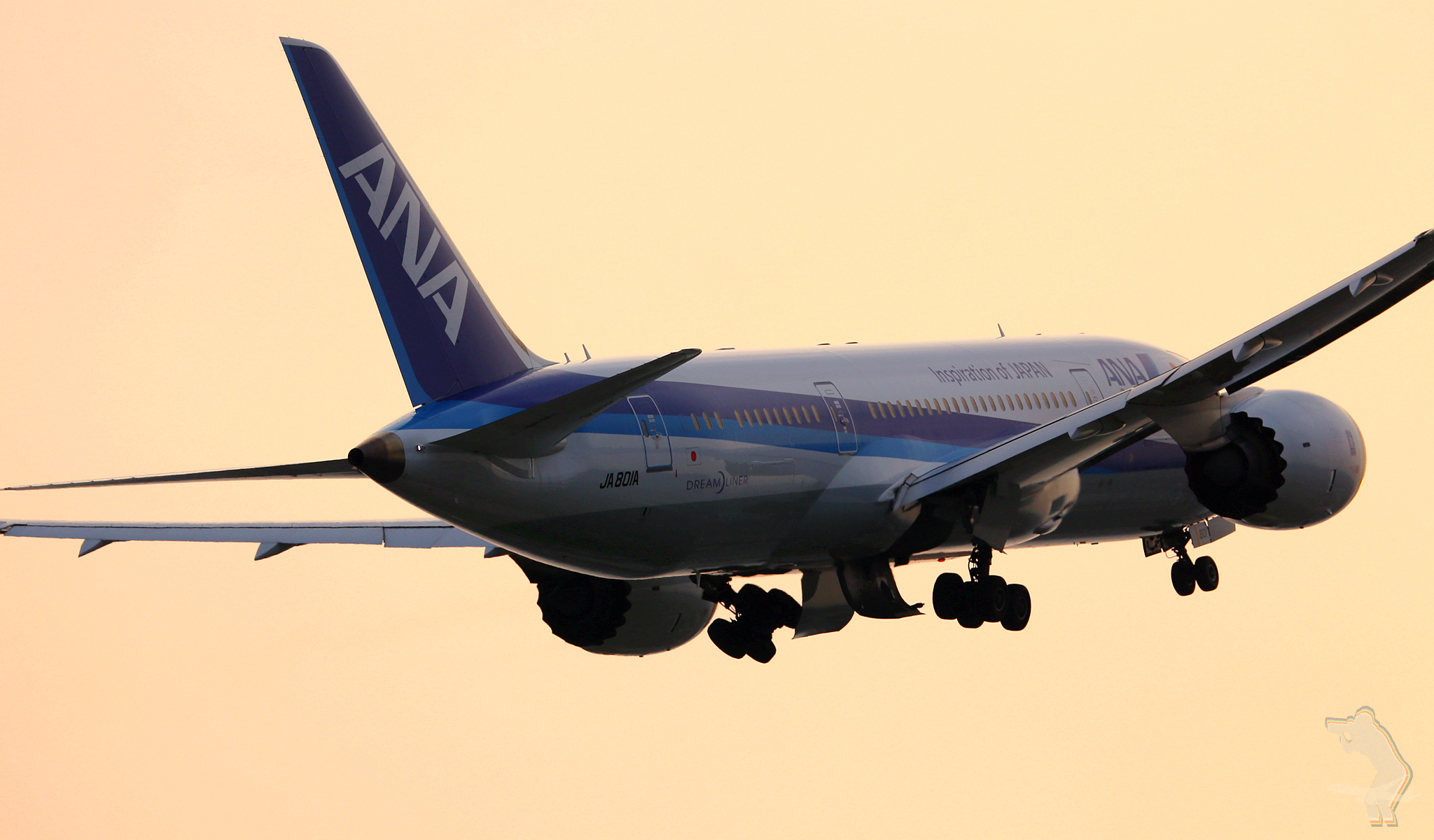Build a Pi-powered plane watcher
This project uses a Raspberry Pi with super low cost software-defined radio (SDR) hardware to receive tracking information from the Mode-S transponders of aircraft up to hundreds of km away, with the addition of a neat 3.5” TFT display to provide a handy summary of airspace activity.
Article contributed by RS Components (click for full article).
Hardware
The tiny RTL2832U-based SDR receiver (124-5461) was designed and originally marketed for DVB-T reception. However, thanks to the efforts of a Linux kernel hacker some five or so years ago it’s possible to get raw samples from the device, rather than just a demodulated DVB signal. Which means that wireless systems can then be implemented in software, giving immense flexibility.

The RTL2832U chip is generally paired with a tuner IC and in the case of the USB receiver from Adafruit, it’s an R820T, which enables reception from 24MHz to 1,850MHz. It should be noted that with 8-bit ADC resolution and an effective number of bits (ENOB) of approximately 7-bit, RTL-SDR hardware is not going to compete favourably in terms of dynamic range with more expensive SDR platforms, but for many uses it is sufficient and does represent incredible value for money.

The software that will be used to receive and decode Mode-S signals provides a Google Maps-based web interface and a local display is not strictly necessary. However, the addition of an Adafruit PiTFT 3.5” display (124-5487) provides a neat “glanceable” summary of airspace activity. In addition, the combination of Raspberry Pi, SDR receiver and TFT display can alternatively be configured as a rather cool, self-contained scanner with spectrum visualisation.
The TFT display simply plugs onto the Pi’s P1 header, while the SDR receiver is just inserted into one of the USB ports.



